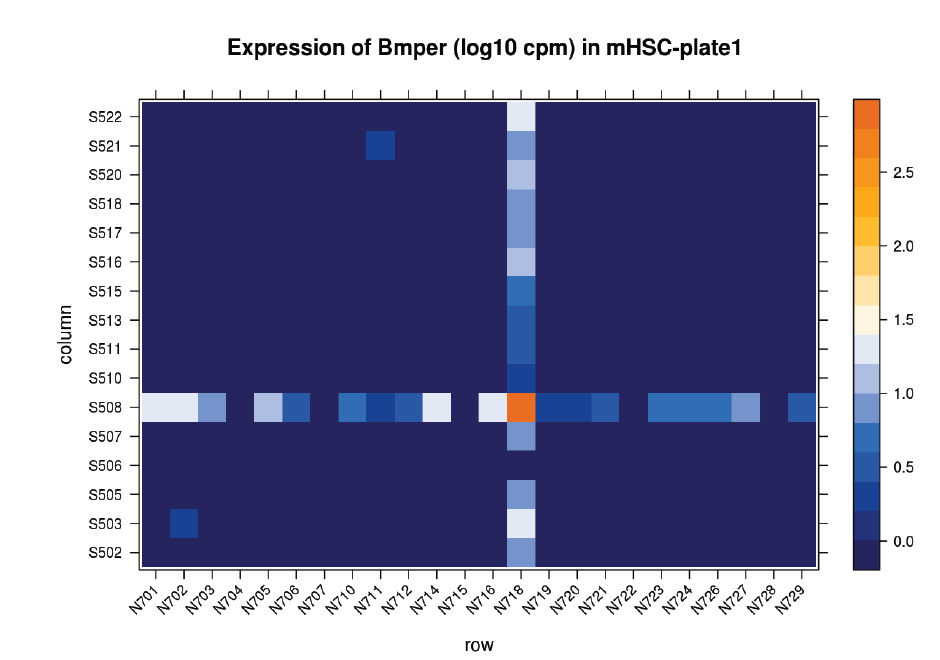I don't know if you can truly compare efficiencies of the ExAmp chemistry with the other instruments.
On the HiSeq and NextSeq instruments you are randomly clustering across the flowcell with a good correlation between how much DNA you load and how many clusters are produced.
On the ExAmp instruments there are only a fixed number of wells in which clusters can be formed. Additionally, you have to deal with the duplicates coming out of those wells and those duplicates that are formed in solution prior to the library going onto the flowcell.
I think what Illumina is trying to do in ExAmp is saturate the array as practically as possible.
No argument, though, about the loss of flexibility with the NovaSeq. In its' current iteration it's not something useful for an all-comers core lab.
On the HiSeq and NextSeq instruments you are randomly clustering across the flowcell with a good correlation between how much DNA you load and how many clusters are produced.
On the ExAmp instruments there are only a fixed number of wells in which clusters can be formed. Additionally, you have to deal with the duplicates coming out of those wells and those duplicates that are formed in solution prior to the library going onto the flowcell.
I think what Illumina is trying to do in ExAmp is saturate the array as practically as possible.
No argument, though, about the loss of flexibility with the NovaSeq. In its' current iteration it's not something useful for an all-comers core lab.

Comment